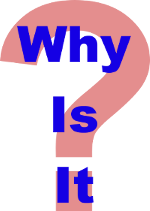|
Why Are Poppies Worn on Remembrance Days? In the wake of the devastation of World War I, the Flanders poppy, a red flower, was one of the first plants to grow from the blood-soaked soil of the battlefields of Belgium and northern France. In addition, a Canadian doctor and artillery commander named John McCrae wrote a poem called "In Flanders Fields," in which he mentions the poppies. McCrae took inspiration from poppies he saw growing in the wake of one of the terrible battles at Ypres, in 1915. McCrae's poem is this: 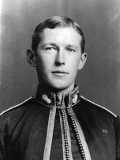
In Flanders fields the poppies blow 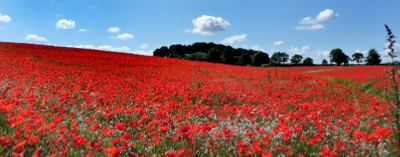 The poppy had been, in 19th Century English literature, a symbol of sleep; in the wake of the war–and the poppies' growing on the battlefields and McCrae's poem, which became incredibly popular–the poppy came to be a symbol of sacrifice. Moina Michael, a professor who took a leave of absence to work for the American YMCA in Europe, was so moved by McCrae's poem that she decided to wear a poppy as a tribute to McCrae and to those who had lost their lives during the war. Another YMCA person, Anne Guérin of France, sold poppies to raise money to help veterans and their families. Michael wrote a poem as well, titled "We Shall Keep the Faith": 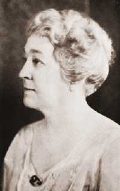
Oh! you who sleep in Flanders Fields, November 11 soon was celebrated as Armistice Day, and people began wearing poppies on that day. The idea became popular in the United Kingdom in the first few years after the war. In 1922, the British Legion opened a factory to make artificial poppies, staffed by disabled former servicemen. That arrangement continues to this day. 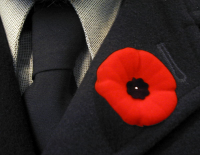
The poppy enjoyed similar popularity in the United States, where the American Legion adopted the symbol as the national emblem of remembrance. Members of the Veterans of Foreign Wars assemble artificial poppies for sale each year, just like their U.K. counterparts. Michael was instrumental in popularizing these efforts, so much so that she became known as the "Poppy Lady." Soon, the wearing of the poppy as a symbol of remembrance was practiced around the globe. In Australia in 1921, the Returned Soldiers and Sailors Imperial League bought 1 million poppies made by children in French orphanages and sold them in Australia; 40 percent of the proceeds went to a French charity, and the rest went to the veterans organization. 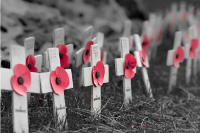
In Australia and New Zealand, as well, the poppy has come to be associated with Anzac Day, a national day of remembrance in those countries that commemorates their soldiers' efforts in the Battle of Gallipoli, on April 26, 1915. Most poppies worn in remembrance are red; not all of them are red, however. Some people wear purple poppies to honor animals that lost their lives in World War I and in subsequent wars. Other people wear white poppies to encourage peace without violence.Have a suggestion for this feature? Email Dave. |
Social Studies for Kids |

